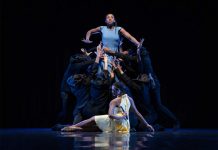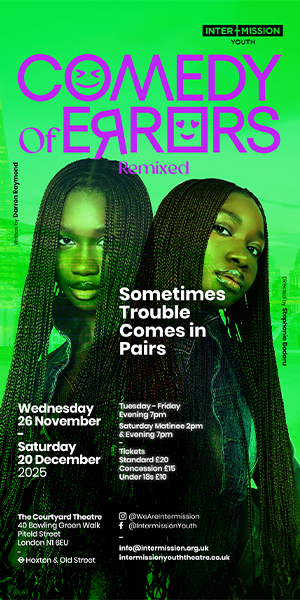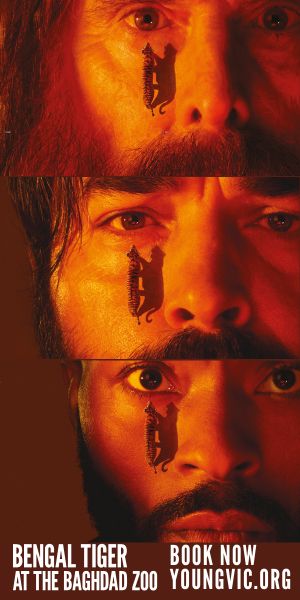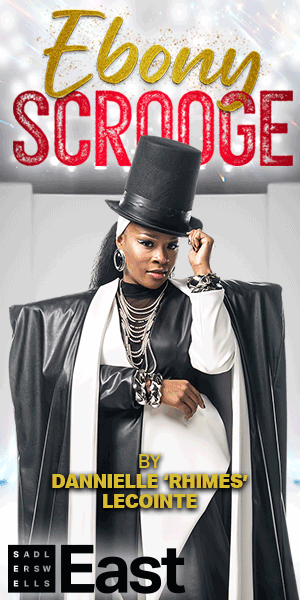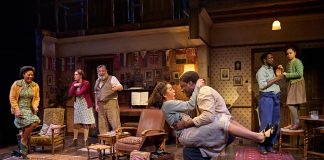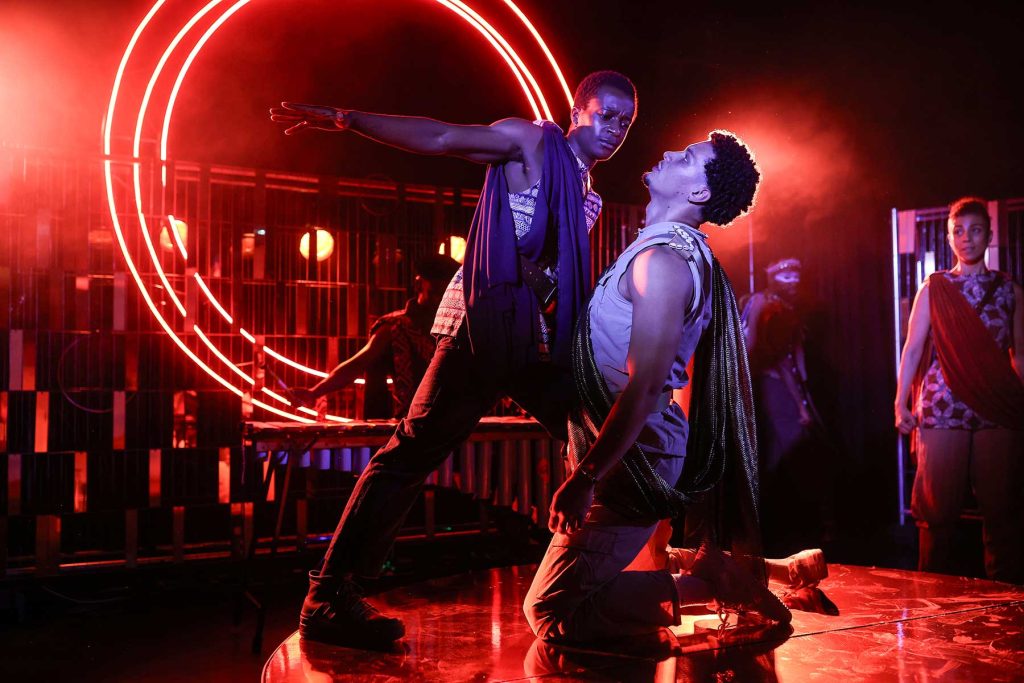
Adapted from William Shakespeare’s drama, Tangle Theatre’s Julius Caesar explores the chaos, tyranny, and betrayal of the classic production. Directed by Anna Coombs, the fast-paced storytelling presents the historical tragedy in an innovative way, offering a different perspective on the corruption in Rome.
The production features a cast of five who brilliantly embody all of their characters and effortlessly through this new cultural perspective, reimagining the Shakespearean classic. The minimal cast allows each actor to showcase their craft, especially the insightful monologues of their characters.
Samya De Meo takes on the roles of Cassius, Portia and Calpurnia, delivering each role effectively despite the clear contrasts between the characters. She highlights the persuasion and ambition of Cassius whilst also embodying the loyalty of the wives and their subordination in a male-dominated society. Roland Royal III captures Julius Caesar and Octavius Caesar as strong and ambitious individuals. He is able to portray the complexity of Julius – a character who is ambitious, arrogant and susceptible to flattery.
In the role of Brutus, Remiel Farai portrays the noble yet conflicted character. Farai clearly captures the emotional complexity of Brutus as he battles between his loyalty and his role as a respected senator. Yaw Osafo-Kantanka delivered an entertaining performance of a soothsayer who, despite his warnings, is often ignored. He engaged the audience immediately, dedicating himself to his role upon entrance. Through a call and response, he brings immediacy to the performance, allowing the audience to engage in the drama, breaking away from traditional Shakespearean form.
The cast saw a change on the night, with Samater Ahmed taking the role of Mark Anthony, who handled the role with confidence and composure. Although he carried the script, he referred to it only occasionally, appearing without it at times, and delivered a natural and commendable performance.
Tangle Theatre’s choice to merge rhythm and storytelling was striking and innovative, shining a different light on the themes of power, loyalty and deception. Set and costume designer, Colin Falconer’s minimalist set allows the actors to move freely. In the centre of the stage was a circle podium and gates lined the stage, decorated with small rectangle mirrors and streaks of light. Costume design is key in highlighting the fusion of Shakespeare’s setting in Rome and the African cultural influences.
Characters such as Brutus, Caesar and Cassius wear garments that resemble a toga, contrasting Soothsayer whose African-inspired attire connects him with cultural storytelling and tradition. Lighting and sound work together effectively to enhance the drama. Lighting designer, Joe Hornsby uses lighting to reflect the emotional state of the characters. A circular light shifts colour throughout the play, subtly reflecting the emotion and tone of the characters. The lighting turns red when Caesar is killed, symbolising the blood and betrayal from the senators.
Sound designer, Khalil Madovi works alongside the lighting, occasionally accompanying flashing lights with sounds of thunder and rain. A subtle, rhythmic heartbeat arises in moments of panic and anxiety, heightening the tension for the audience.
Overall, Tangle Theatre’s Julius Caesar succeeds in reimagining the story of Julius Caesar and innovatively maintains audience attention, creating a great performance.








